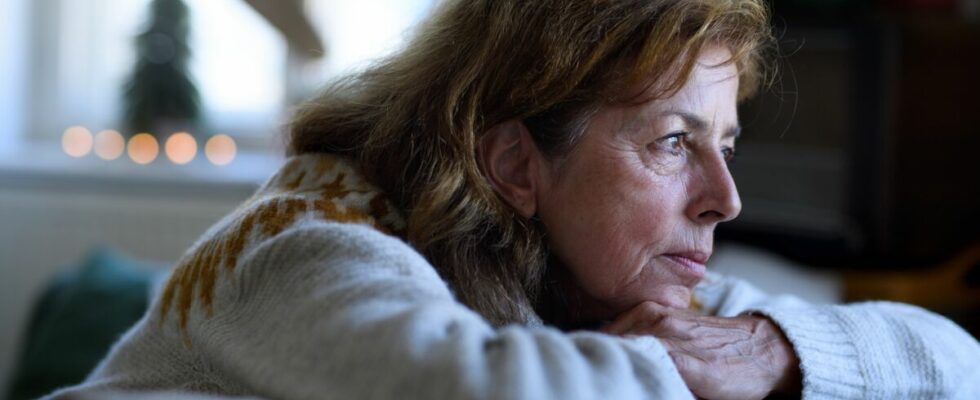A sedentary lifestyle can have serious repercussions, particularly among older people. As the WHO explains, a sedentary lifestyle represents one of the main risk factors for mortality linked to non-communicable diseases. In this sense, people who have insufficient physical activity have a 20% to 30% increased risk of death compared to those who are active.
Practicing physical activity allows adults to reduce mortality from all causes, but also to reduce mortality linked to cardiovascular diseases, hypertension, type 2 diabetes and even improve mental health and cognitive functions. Physical and psychological benefits which are nevertheless often unknown, even neglected. According to a new study, many seniors in France have already practiced a sport during their life but stopped as they got older. But then why?
Older people favor individual and gentle sports
Dangerous for health, a sedentary lifestyle is the anchor point of many evils for seniors. It even promotes fear of falls and dizziness in them. However, less than one in two French people over the age of 50 practice physical activity, according to a study conducted by the CSA Institute for Silver Alliance, an alliance of companies dedicated to aging well at home. This was carried out among a representative sample of 1,006 French men and women, aged 50 or over. So, 41% of people aged over 50 do not practice any sporting activity, while 73% of them have already practiced a sport during their life. Over the years, 3/4 decided to stop. As a justification, most cited lack of time (61%), health (35%) and finally lack of interest or desire (22%).
However, many of the respondents emphasize the good that sport gives them. 83% explain that practicing regular physical activity gives them a feeling of well-being, 73% report benefits on their health and/or their sleep and 63% physical improvements. Among athletes, the majority (3 out of 4) favor individual sports. THE walking sportssuch as running and hiking, come first (46%), followed by gentle gymnastics (25%) and cycle sports (22%). Benjamin Zimmer, associate managing director of Silver Alliance, highlights the fact that seniors favor sports “rather gentle, not very extreme, to avoid injury“.”To attract them, sports federations must deploy adapted, accessible and supervised practices.“, he adds.
The fear of injury and the regret of unsuitable infrastructure
The study also points out the fear that older people have when it comes to sport. Among those who practice regular physical activity, more than two thirds (69%) are afraid of getting hurt during their training and more than a third (38%) fear they will no longer be able to do sport as they get older. Furthermore, 22% fear worsening pre-existing health problems.
If senior athletes are afraid, it is precisely because almost half (nearly 2 out of 5) believe that the infrastructure is not suitable for those over 50, such as sports halls and fields, changing rooms, etc. A shared opinion “more by non-athletes, women and respondents over 75 years old“, we can read. If 89% of athletes consider that the equipment is suitable for their practice, 26% believe that the measures proposed by the federations are insufficient to allow older licensees to continue playing sport, while 49% do not comment on the subject.
